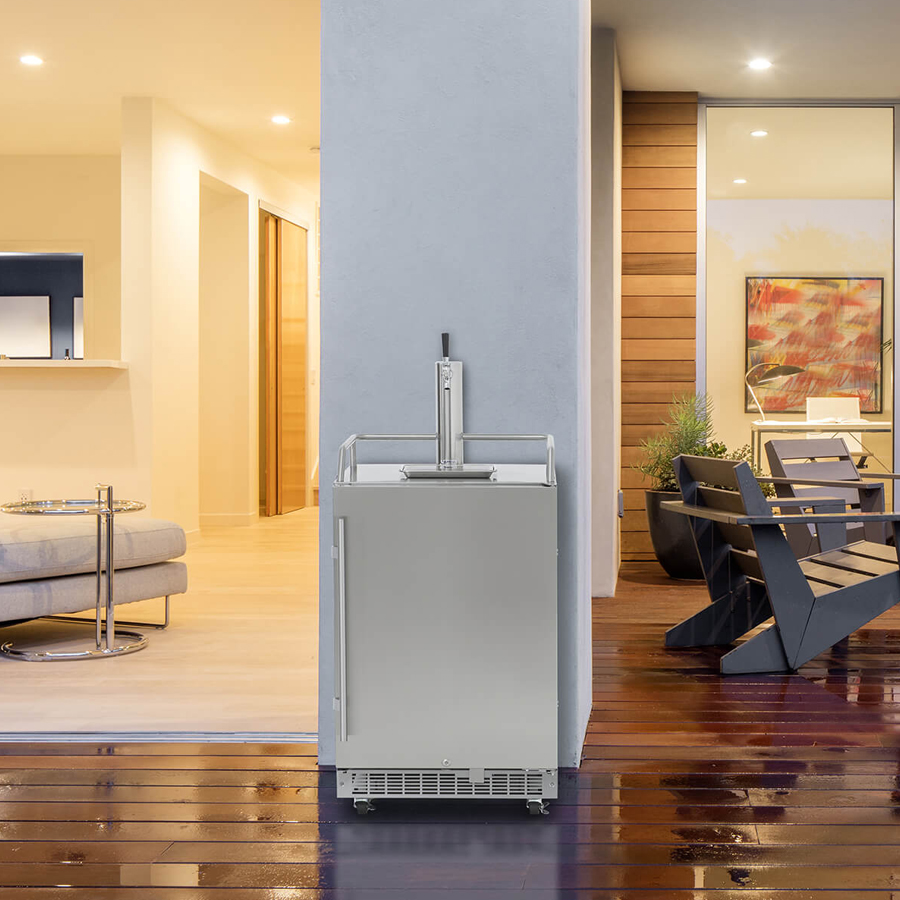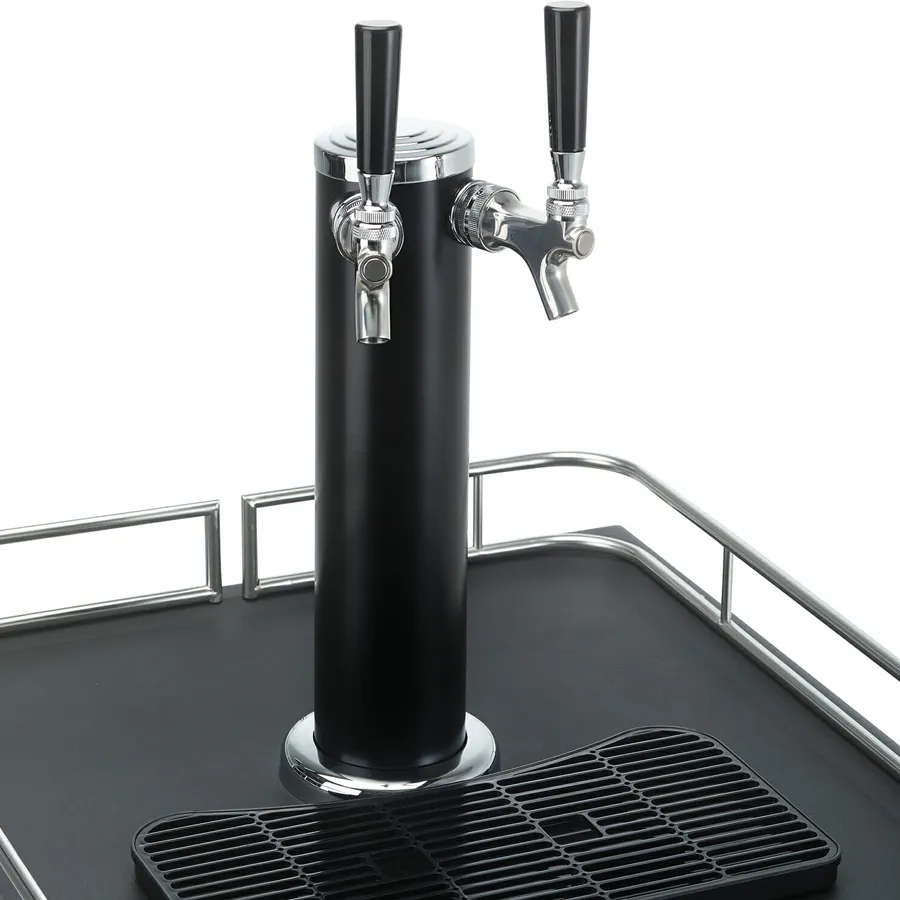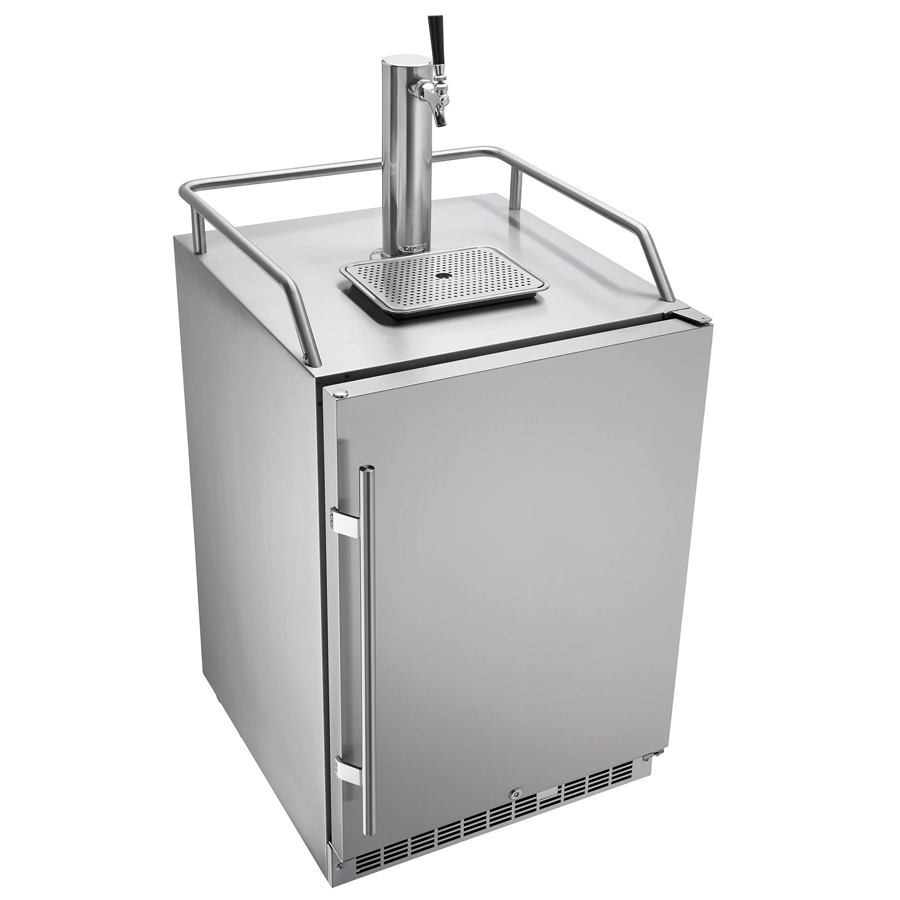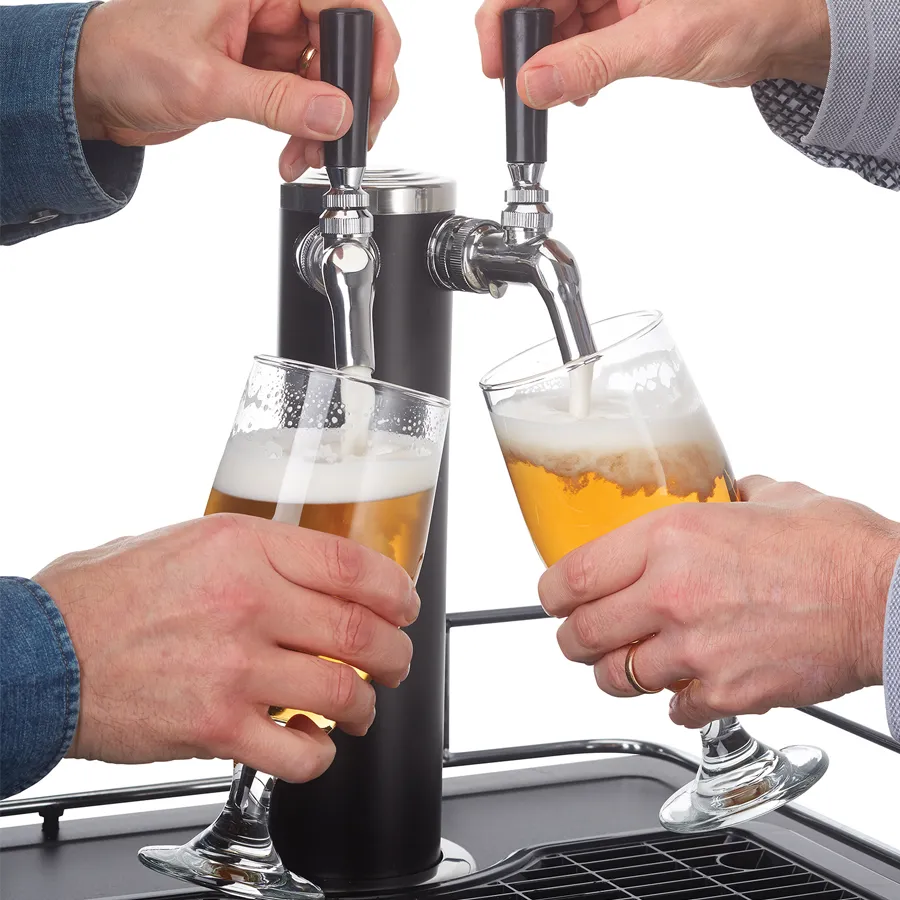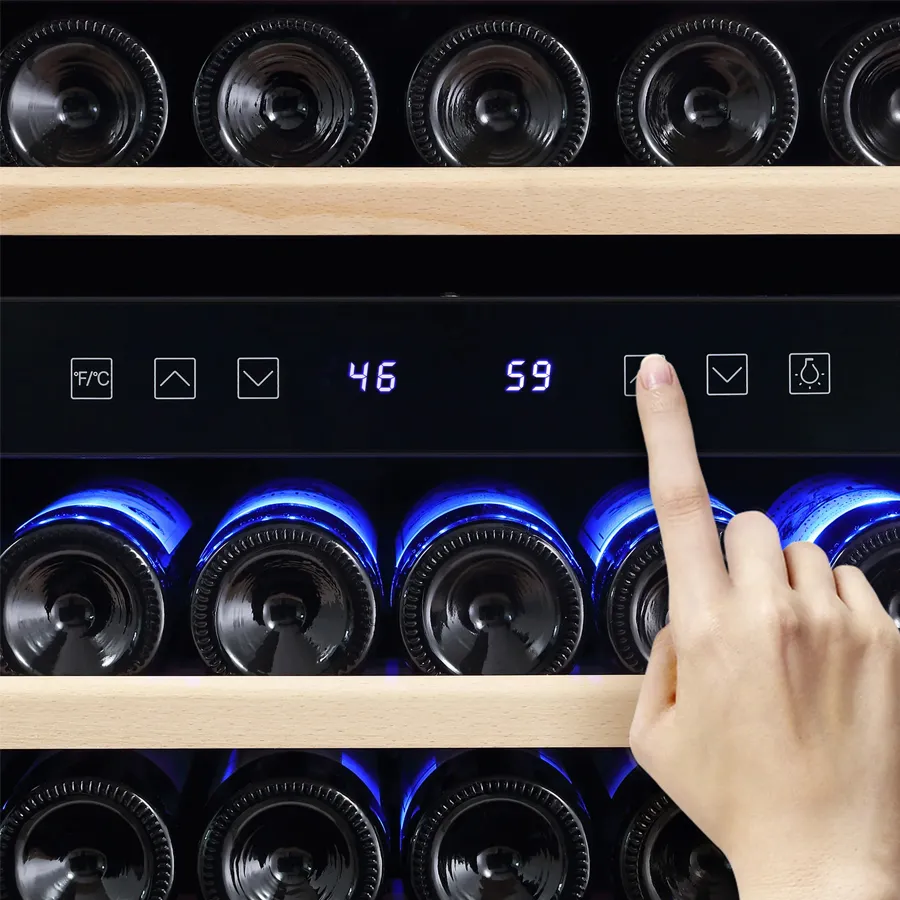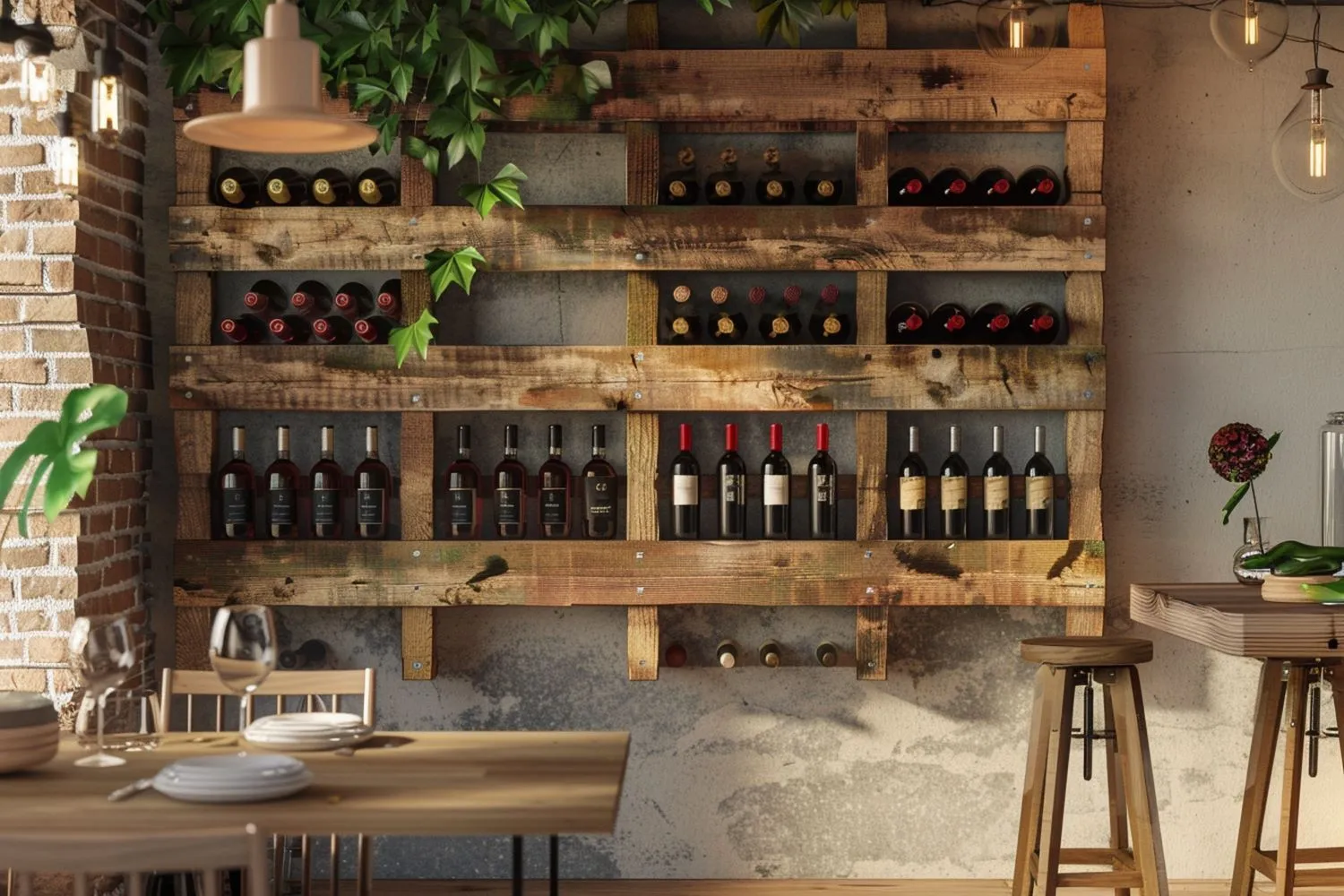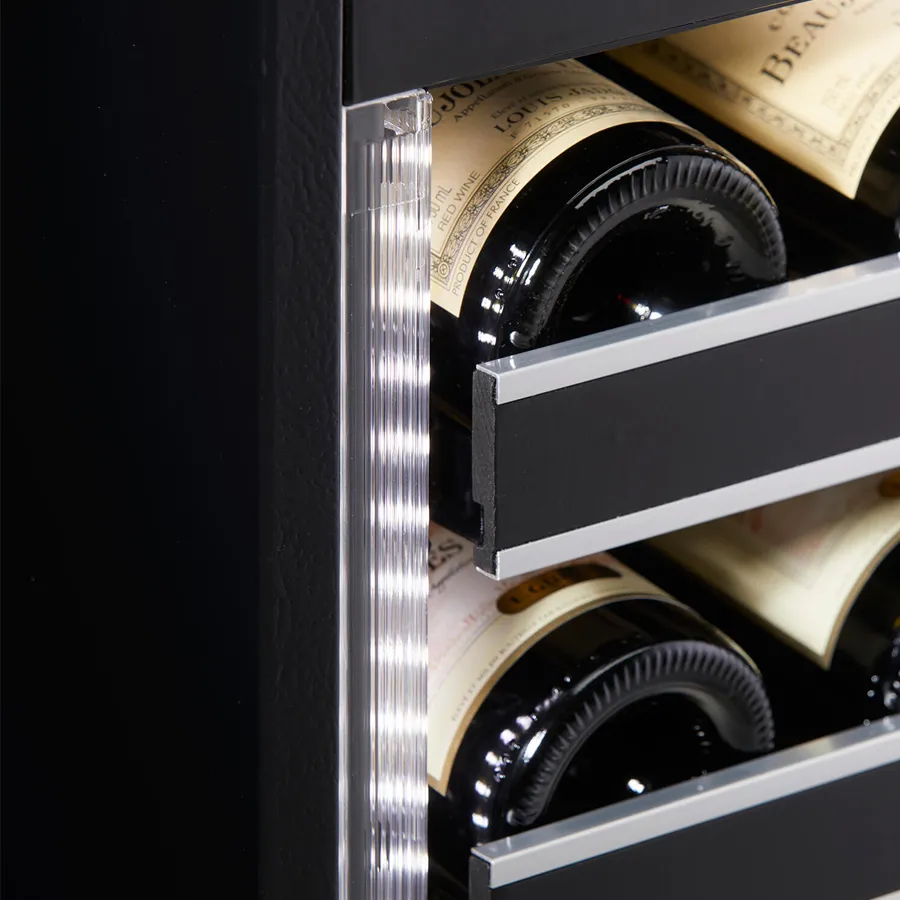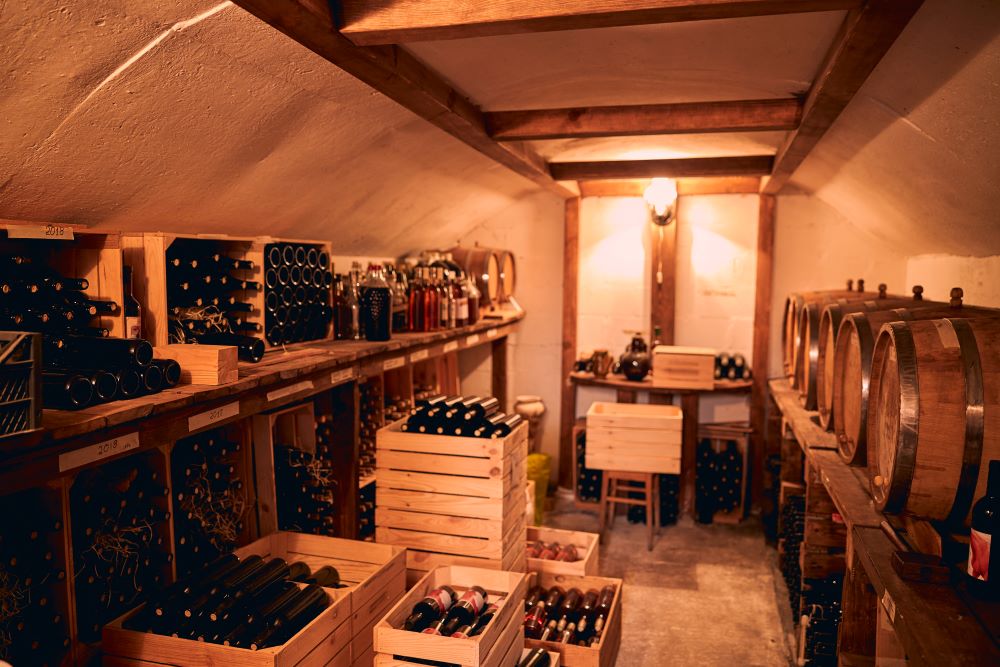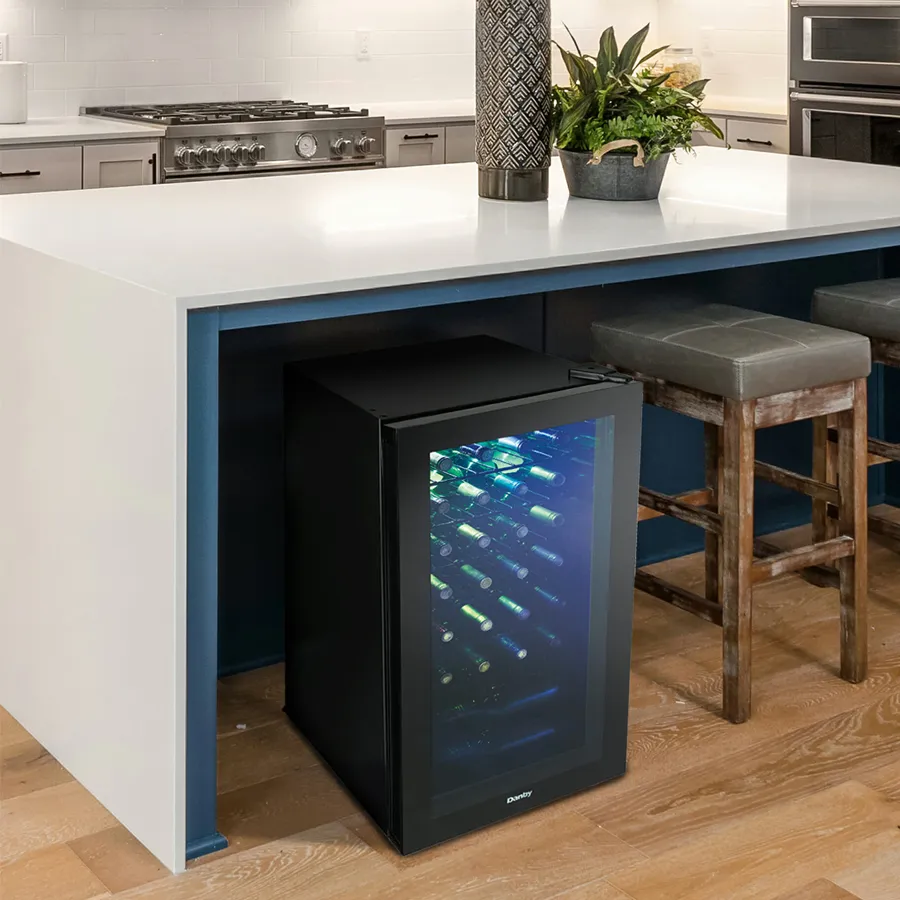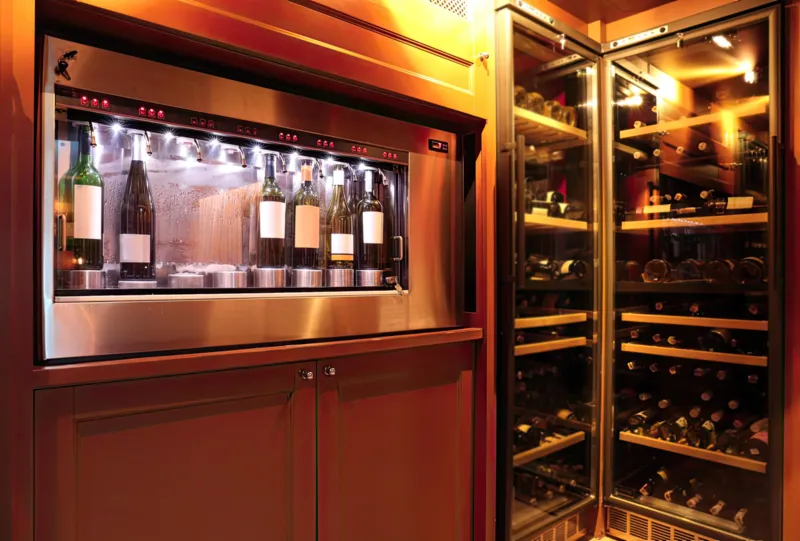You should pay close attention to detail when selecting a high-quality faucet for your kegerator. The two most common types of faucets are brass and stainless steel, and each material has advantages and disadvantages. If you’re looking for a faucet for your kegerator that will last a long time and prevent corrosion, stainless steel is a fantastic choice. On the flip side, many homebrewers favor brass faucets due to their antibacterial characteristics. This article will help you choose between the two choices by comparing them and explaining how they work with kegerators. After reading this, you’ll be able to choose a kegerator faucet with confidence, knowing the ins and outs of stainless and brass.
Stainless Steel Faucets
Let’s take a closer look at the advantages and disadvantages of using stainless steel faucets for your kegerator setup.
Advantages of Stainless Steel Faucets
One of the biggest advantages of stainless steel faucets is their durability. These faucets are designed to withstand the corrosive nature of beer and other beverages, ensuring that they will last for a long time without the need for frequent maintenance.
Additionally, stainless steel is resistant to rust and corrosion, making it the ideal material for a kegerator faucet. Another benefit of stainless steel faucets is their hygienic properties. Stainless steel is non-porous, preventing the buildup of bacteria and mold, which can affect the taste and quality of your beer. This makes cleaning and maintenance much easier, ensuring that your beer always tastes fresh and delicious.
Stainless steel has a lower corrosion rate. Being less likely to harbor bacteria and other organic buildup, it is a more hygienic choice as well. So, if you’re looking to serve cocktails, wine, coffee, or kombucha on tap, stainless steel is an absolute necessity. The acidity of these drinks will quickly eat away at the plating on a brass faucet and render whatever is in your glass unfit for human consumption.
Disadvantages of Stainless Steel Faucets
While stainless steel faucets have numerous advantages, it’s important to consider their potential drawbacks as well. One of the main disadvantages of stainless steel faucets is their higher cost compared to other materials, such as brass.
The initial investment may be higher, but the long-term durability and low maintenance requirements can make this additional cost worthwhile. Additionally, stainless steel faucets may be more prone to fingerprint and water spots due to their shiny surface, requiring regular cleaning to maintain their appearance. However, with proper care and maintenance, these issues can be easily mitigated.
Brass Faucets
If you are considering installing a brass faucet on your kegerator, it’s important to understand the advantages and disadvantages of this material. Brass has been a popular material for faucets for many years, and it offers certain benefits and drawbacks that you should be aware of before making a decision.
Advantages of Brass Faucets
Brass is a malleable material, making it easier to manufacture faucets with intricate designs and shapes. This adaptability allows for a wide range of faucet styles, from traditional to modern, catering to diverse aesthetic preferences. Brass is a recyclable material, contributing to its eco-friendly profile. Recycling brass helps reduce the demand for raw materials and minimizes environmental impact.
Disadvantages of Brass Faucets
However, one of the main disadvantages of brass faucets is the potential for lead contamination. Some brass faucets may contain a small amount of lead, which can leach into the water over time. While the levels of lead are typically very low and considered safe, it’s still something to be aware of, especially if you have concerns about lead exposure.
To no one’s surprise, the majority of pubs and restaurants use chrome-plated faucets. Over time, they have become the norm in their field. Stainless steel is more expensive, but these alternatives are just as effective. The chrome coating will fade off after a while of constant usage. The sleek chrome surface is eye-catching and will make any bar stand out.
The low-level acidity in beer and other cleaning products can corrode a normal chrome-plated faucet after a few months of usage, leaving an unpleasant taste in your drink. You can still utilize chrome-plated faucets in a home kegerator or draft system that won’t get much use. Keep an eye on the amount of wear and replace it as soon as you notice any signs of brass exposure.
Comparison of Stainless Steel and Brass
Bacteria and Yeast in Stainless Steel Vs. Chrome-Plated Faucet
Pouring Budweiser from stainless steel faucets reduced the number of total heterotrophic bacteria by 28%, coliform bacteria by 53%, and yeast cells by 49%. An even more pronounced decrease in microbes was shown in Bud Light samples taken from the stainless steel faucets. If we compare these samples to those taken from chrome-plated faucets, we find a total of 36% fewer heterotrophic bacteria, 65% fewer coliform bacteria, and 74% fewer yeast cells.
In this investigation, every single beer sample was sourced from identical kegs and lines. The sole reason for the discrepancy in the percentages of bacteria and yeast is the faucets.
Comparison of Taste Beers
The material of your faucet can have an impact on the taste and quality of the beverages dispensed from your kegerator. Stainless steel is known for being a neutral material that does not leach any flavors or odors into your beer, while brass may impart a slight metallic taste to your beverages, particularly when they come into contact with acidic liquids.
During this investigation, both types of faucets were set up to be taste-tested. Budweiser was used in the experiments both straight from the bottle and the faucet. At 42F, 18 samples were collected in total. Both the bottled and the stainless steel-dispensed Budweiser tested positive for 0.006 mg/l copper, but no lead. Budweiser in a bottle contains this quantity of copper as a starting point. The resulting beer samples from the tap had no more metallic taste than the beer in the bottles.
Aesthetic Considerations
In terms of aesthetics, stainless steel faucets offer a modern, sleek appearance that can complement the design of a contemporary kegerator setup. On the other hand, brass faucets have a classic, traditional appearance that may be more fitting for a vintage or rustic theme.
Cost Analysis
You should know that, on average, stainless steel faucets will cost more than brass ones. While brass faucets are less expensive initially, they require more maintenance in the long run, so it’s important to consider both factors when making a decision.
Conclusions: About Stainless VS. Brass Faucets
Both materials have their own advantages – stainless steel is durable and resistant to corrosion, while brass has a classic, attractive appearance.We recommend stainless steel beer faucets, HERE Are the Reasons: Stainless steel faucets offer a combination of durability, aesthetic appeal, and environmental friendliness, making them a popular choice for both practical and aesthetic considerations in plumbing fixtures.

